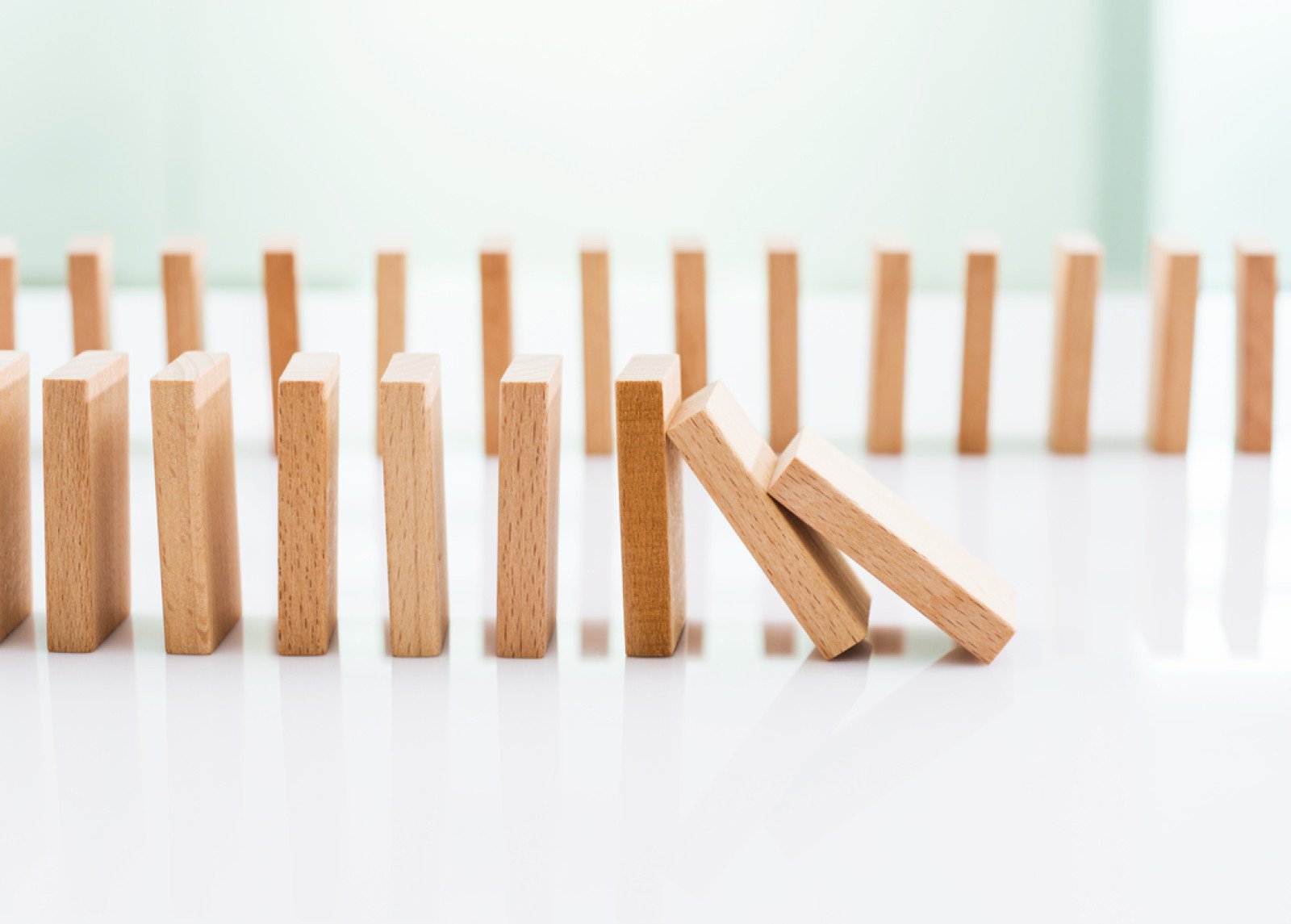Build a Rube Goldberg device
Combine science, creativity, and fun to design a machine that uses different forms of energy.

Overview
Use your imagination to turn everyday materials into a complex machine that completes a simple task. Try to include as many different energy transformations as possible.
Instructions
What you'll need
An assortment of everyday materials:
- Construction materials – construction paper, pencils, tape, scissors, string
- Things that roll – marbles, balls and toy cars
- Things that can fall over – dominoes and blocks
- Flat things like ramps and tracks
- Building blocks like Lego
- Craft materials like construction paper, wooden craft sticks, paper clips and elastic bands
- Recycled materials – paper towel tubes, toilet paper rolls, cups, containers
- Demonstrate a simple energy transformation (e.g. drop something or turn on a light) and ask students what forms of energy are represented.
- Review energy transformations and forms of energy as necessary.
- Show students the materials they have to work with to design and build a complex device that can do a simple task. Break into small groups.
- Review the steps involved in the design process:
- Brainstorm ideas as a group
- Include as many energy transformations as possible in your design
- Sketch ideas on paper
- Build the first version of your machine (prototype)
- Work together to make changes and experiment with various materials to improve your design
- Build your final machine
- Brainstorm ideas as a group
- Each team shows their device to the class, identifying the forms of energy involved.
- Have a discussion about what worked well and what they would do differently next time.
Modify or extend this activity
Extensions
- If time permits, lead the "Energy chain reaction" activity first, as the example shown in the video may inspire them to get more creative when building their devices.
- Students create a device at home with as many energy transformations as they can. Make a video and explain the energy transformations taking place.
- Go to the gym and use the equipment to create a large-scale Rube Goldberg machine.
Curriculum Fit
Grade 4 Science
Content
- Energy has various forms
- Devices that transform energy
Curricular competencies
Planning and conducting
- Suggest ways to plan and conduct an inquiry to find answers to their questions
Applying and innovating
- Co-operatively design projects
- Transfer and apply learning to new situations
Communicating
- Represent and communicate ideas and findings in a variety of ways, such as diagrams and simple reports, using digital technologies as appropriate
Grade 4 Applied Design, Skills and Technologies
Curricular competencies
Applied design
- Defining
- Identify the main objective for the design and any constraints
- Ideating
- Generate potential ideas and add to others’ ideas
- Choose an idea to pursue
- Prototyping
- Construct a first version of the product, making changes to tools, materials, and procedures as needed
- Testing
- Test the product
- Make changes and test again, repeating until satisfied with the product
- Making
- Construct the final product, incorporating planned changes
- Sharing
- Demonstrate their product and describe their process
Assessments
- During the demonstrations, assess student understanding of energy transformations.
- Assess student participation and communication during group work.
Teaching Notes
Rube Goldberg
Rube Goldberg (1883-1970) was an American cartoonist, inventor and engineer who drew complex machines that were used to complete simple tasks. The machines include different forms of energy and energy transformations. There are many online examples of Rube Goldberg machines.
Forms of energy
Energy is all around us. The 10 forms of energy are listed below:
- Electrical energy is produced by the flow of an electric charge. We see or hear the result of this energy as something that turns on, lights up or gets warmer.
- Light energy travels in waves and is visible to us. Light energy is produced by sources such as the sun, fire or light bulbs.
- Sound energy is produced by vibrating objects and travels as sound waves. We hear sound energy in music, birds singing or a fireworks display.
- Thermal (heat) energy is produced by a number of sources such as the sun, a campfire and the oven. We feel this energy as warmth.
- Nuclear energy is stored in the nucleus of an atom and can be released when a heavy nucleus is split into two lighter nuclei (fission) or when two light nuclei join together into one bigger nucleus (fusion). The sun generates its energy through nuclear fusion. This energy can also be released to generate electricity.
- Elastic energy is stored in objects that can be stretched or compressed. We feel the tension when things bounce or are stretched.
- Chemical energy is stored in the bonds of molecules. Chemical energy can be found in food, a battery, gasoline and wood. When the energy is released it transforms into another form of energy. The chemical energy in a battery can be transformed into light energy in a flashlight.
- Magnetic energy is stored within a magnetic field and causes metals to attract or repel each other.
- Kinetic energy is the energy of motion. We can see this energy as things move and change position such as a skateboarder, a skier going downhill or a person walking.
- Gravitational energy is stored in an object due to its height and is caused by the pull of gravity. We see the result of this energy when something falls or feel it when we are jumping off a diving board.
Energy inputs and outputs
The law of conservation of energy states that energy cannot be created or destroyed but can be changed. When something happens, energy is transformed from one form to another. Energy input is the energy that goes into an object or system and the energy output is the energy that comes out.






